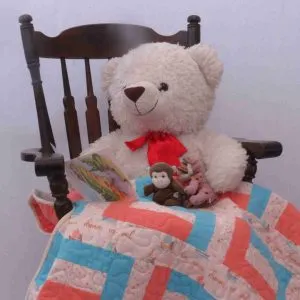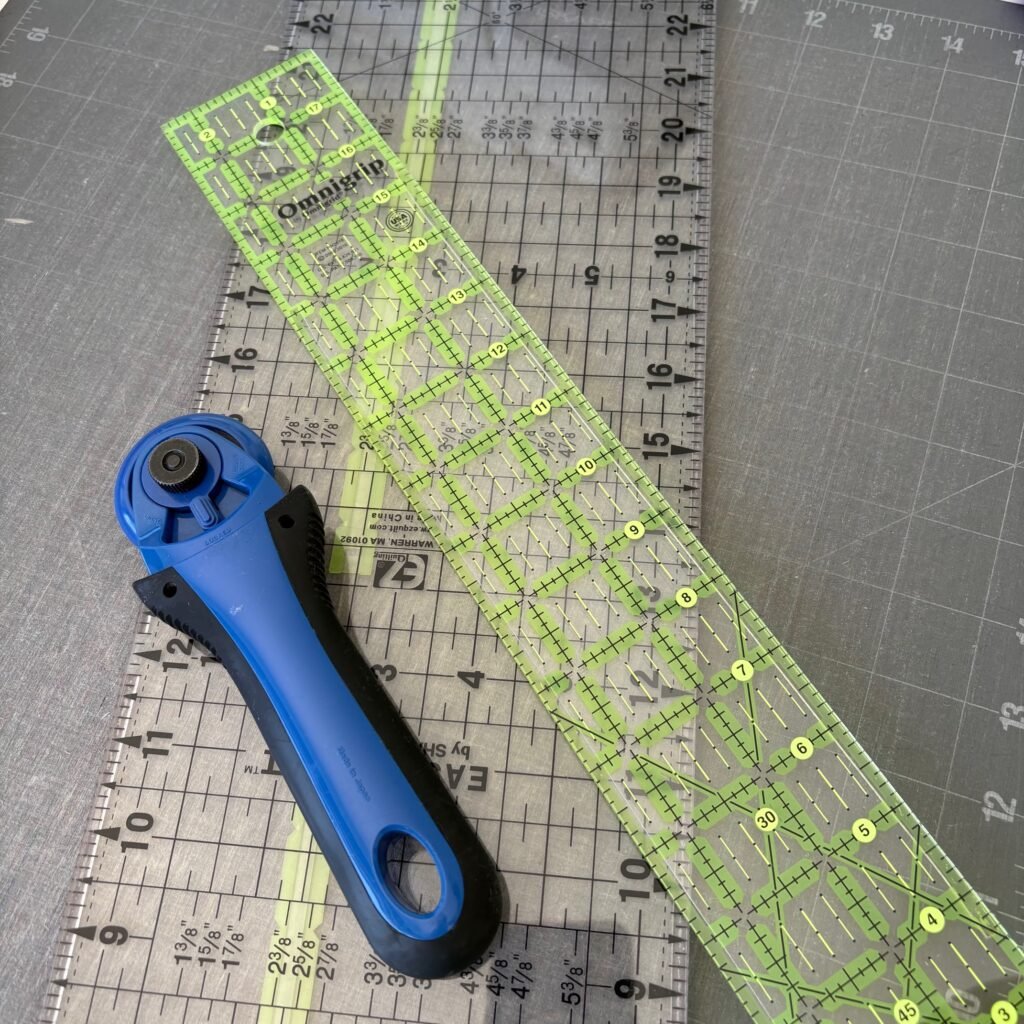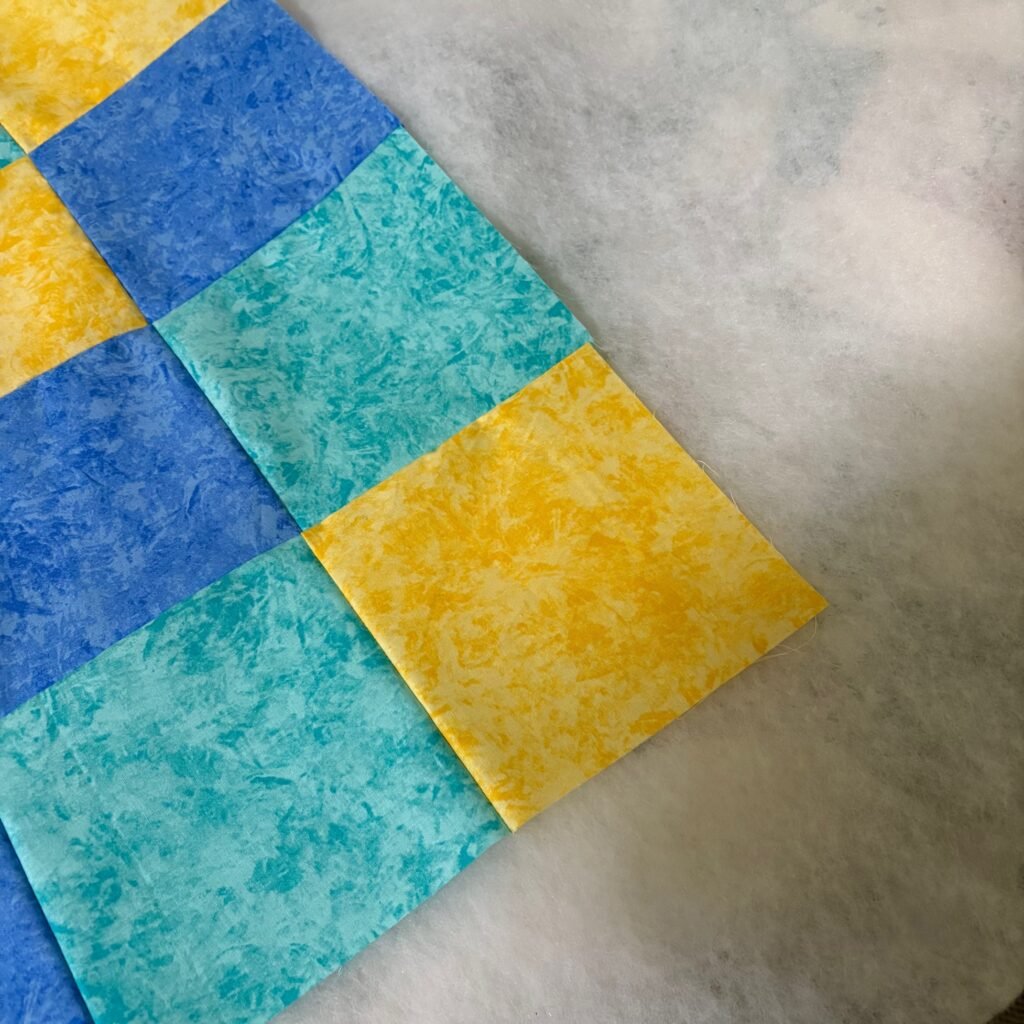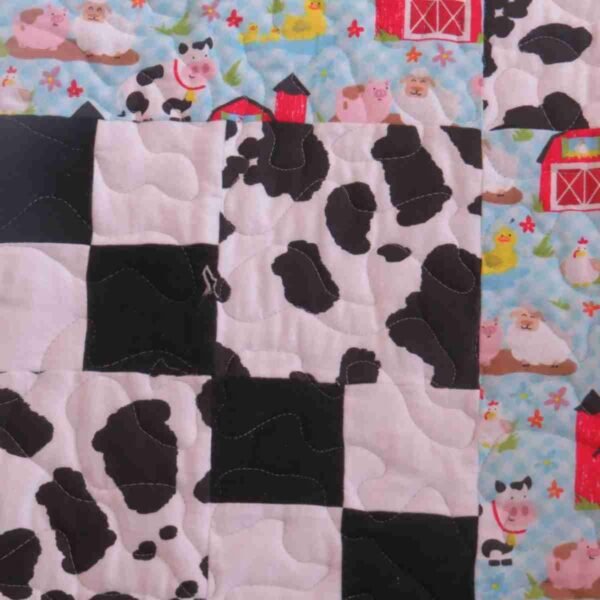Introduction
If you’re wondering if you can quilt a baby quilt on a regular sewing machine, the answer is yes! Many beginners and even experienced quilters rely on their domestic sewing machines to create beautiful, cozy baby quilts. Quilting a baby quilt on a standard machine is practical and rewarding. Baby quilts are a good size for most home machines.
What Is Quilting?
First of all, it’s important to understand what quilting entails. Quilting means stitching together three layers: the quilt top, the batting (the middle layer for warmth), and the backing. When done properly, quilting holds these layers together and adds texture and design to the finished piece.

Tools You Need to Quilt on a Regular Machine

Walking Foot / Even Feed Foot:
One key tool is the walking foot, sometimes called an even feed foot. This special presser foot helps feed all three layers evenly through your machine, preventing them from shifting or bunching. If you don’t have one, it’s worth investing in it to make quilting easier.
Needles and Thread
Using the right needles and thread is essential. Quilting needles, usually size 90/14, are designed to handle multiple layers of fabric and batting without breaking. For thread, cotton or polyester quilting thread works well because it’s strong and durable.
Quilting Techniques for a Regular Sewing Machine
Simple Quilting Designs:
Baby quilts are small, so they are great for simple quilting patterns. You can use straight lines, grids, or stitch in the ditch, which means sewing right along the seams. These designs are easier to manage on a home machine and look lovely.
Free-Motion Quilting:
If you want to get creative, you can try free-motion quilting. This technique lets you stitch curves, swirls, and custom designs but requires dropping your feed dogs and using a darning foot. It takes practice, so beginners may want to start with simpler patterns first.
Preparing Your Quilt for Quilting

Basting the Quilt Sandwich:
Preparing your quilt sandwich properly will make quilting easier. Use safety pins or temporary basting spray to hold the layers together securely and prevent shifting or puckering.
Starting to Quilt:
Start quilting from the center of the quilt and work your way outward. This helps keep the fabric even under the machine and reduces wrinkles.
Tips for Quilting a Baby Quilt on a Regular Machine
Handling Bulk and Size:
One challenge with quilting is managing bulky quilts, but baby quilts are smaller and easier to maneuver. Rolling or folding the quilt so it fits comfortably under your machine arm is a helpful trick. Sew slowly and carefully to maintain control.
Benefits of Quilting a Baby Quilt on a Regular Machine

Quilting on your regular sewing machine saves the cost of investing in a longarm or specialized quilting machine. Plus, it offers a hands-on, satisfying experience as you watch your quilt come together one stitch at a time.
Conclusion
Making a baby quilt on a regular sewing machine is very possible. Many beginners and home quilters prefer this method. With the right tools, patience, and practice, you can create a beautiful, cozy quilt that will be treasured for years. So, don’t hesitate—grab your machine, gather your fabrics, and start quilting!